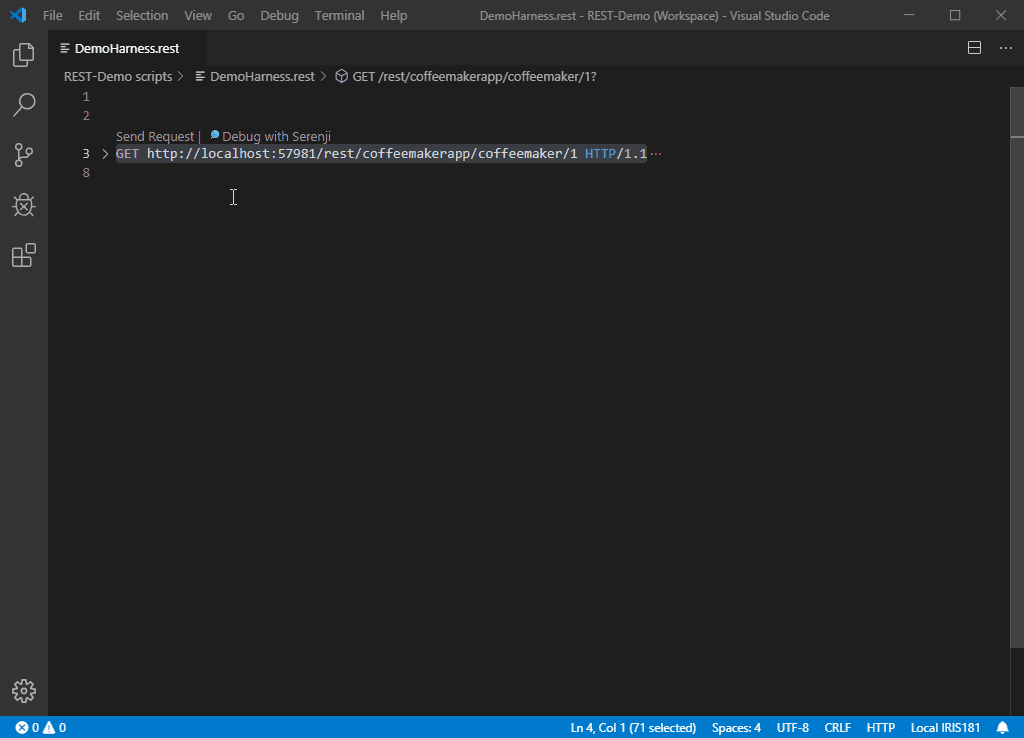Productions often need to receive REST requests.
Here's how to do that.
1. Create proxy Service:
/// Empty BS we would use to send Produciton requests
Class production.ProxyService Extends Ens.BusinessService
{
}2. Add it to production as RESTService (or any other name).


.png)

